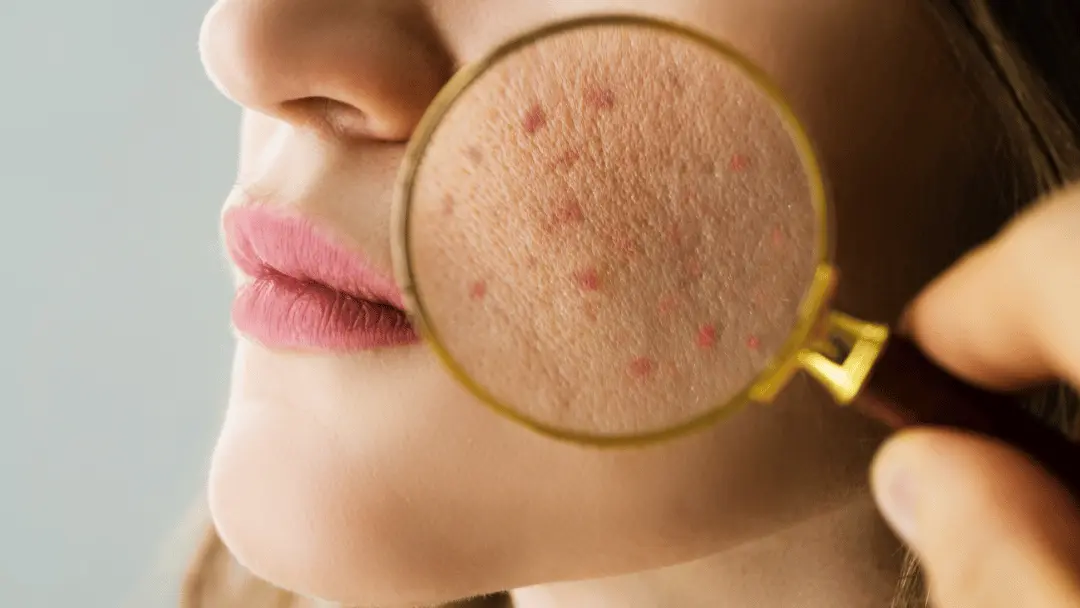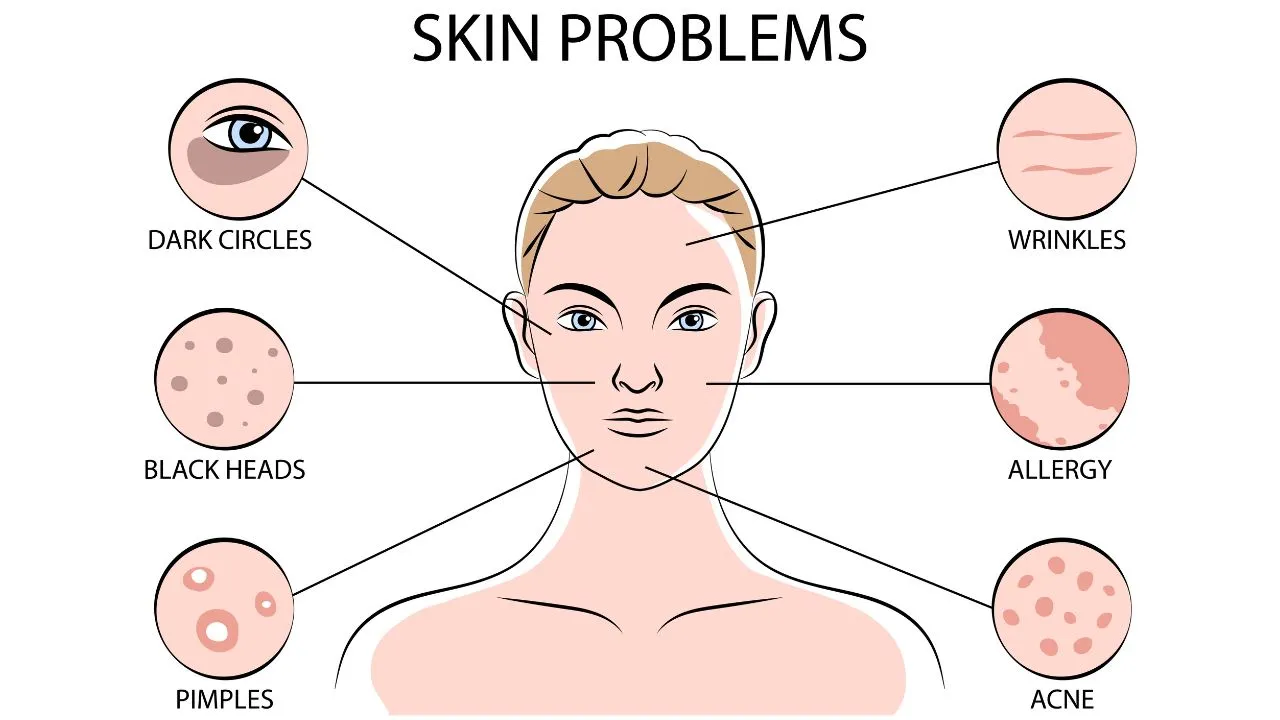Browsing Skin Cancer Therapy: The Vital Role of Mohs in Modern Dermatology Practices
Skin cancer, a daunting medical diagnosis, commonly leaves individuals coming to grips with countless treatment alternatives. Amongst these, Mohs surgery stands as a sign in modern-day dermatology, renowned for its precise technique to cancer cells removal and conservation of bordering healthy cells. This innovative method guarantees not just superior cosmetic end results but also provides prompt results, alleviating client anxiety. As we discover the ins and outs of this procedure, one will appreciate its pivotal duty in skin cancer treatment.
Recognizing Skin Cancer: Kinds and Threats
There are 3 major types of skin cancer cells: Basic cell cancer, Squamous cell carcinoma, and Cancer malignancy. It accounts for just concerning 1% of skin cancer situations but creates the large bulk of skin cancer cells deaths. Threat variables consist of fair skin, history of sunburn, too much sunlight direct exposure, living at high altitudes or shut to the equator, having many moles, a family members background of skin cancer, and deteriorated immune system.
What Is Mohs Surgical treatment and Exactly How It's Reinventing Skin Cancer Cells Treatment
Despite the many treatments currently available for skin cancer cells, Mohs surgical treatment attracts attention as a groundbreaking and highly effective option. Named after Frederic E. Mohs, the doctor who developed the procedure, Mohs surgical treatment is a specific medical technique utilized to deal with skin cancer. During the treatment, thin layers of cancer-containing skin are gradually gotten rid of and analyzed till just cancer-free tissue stays. This strategy enables the specialist to verify that all cancer cells have been removed at the time of surgery. This level of precision, incorporated with the capacity to spare as much healthy tissue as feasible, is revolutionizing skin cancer treatment. Consequently, Mohs surgical procedure has ended up being a keystone of modern dermatology practices.
The Advantages of Mohs Surgical Treatment Over Typical Skin Cancer Treatments
Building on the cutting-edge nature of Mohs surgical procedure, it's crucial to consider its countless advantages over conventional skin cancer treatments. Unlike standard operating procedures, Mohs offers a higher remedy price, typically reaching 99% for first-time therapies and 94% for frequent cancers. This accuracy is because of its one-of-a-kind strategy of progressively removing and taking a look at cells layers till only cancer-free cells continue to be (hair loss). In addition, it reduces damages to healthy skin, bring about much less scarring and boosted aesthetic results. Mohs also supplies immediate outcomes, eliminating the anxiety-ridden delay typical with various other techniques. It's economical, as the surgery about his and microscopic exam occur simultaneously, getting rid of the demand for extra research laboratory services. Therefore, Mohs stands for a considerable innovation in dermatological techniques.
The Treatment of Mohs Surgery: What to Expect Throughout the Process

Prospective Side Results and Post-Operative Care of Mohs Surgical Procedure
Undertaking Mohs surgical treatment, like any other procedure, includes potential negative effects that patients must be mindful of. Common side impacts consist of discomfort, bruising, and swelling at the surgical treatment website. These are normally temporary and workable with over the counter discomfort medicine and ice packs. In rare cases, individuals might experience infection, blood loss, or an allergy to the anesthetic. Post-operative treatment is critical to healing and lessening negative effects. This generally includes maintaining the wound clean and dry, taking proposed drugs, and staying clear of difficult tasks. People should also attend all follow-up visits for wound care and tracking. In many cases, added therapies might be required to make sure full elimination of the cancerous cells. Following these post-operative care guidelines can considerably improve recuperation and end results.
Conclusion
